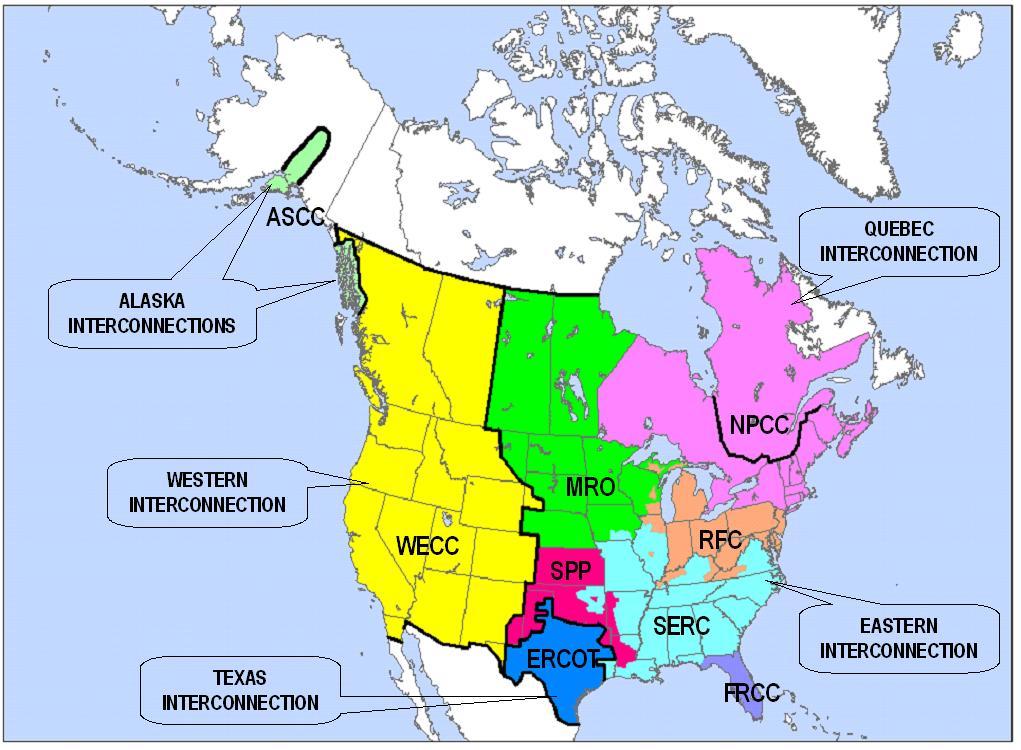From pv magazine International
Researchers at the US Department of Energy’s National Renewable Energy Laboratory (NREL) have assessed the cost and performance of most long-duration energy storage (LDES) technologies. They have also looked at flexible power plants to help electricity systems to deal with extremely high levels of renewable energy penetration and have found that, given current and future capital cost scenarios, that geologic hydrogen storage and natural gas combined-cycle (NGCC) plants with carbon capture storage (CCS) technologies offer the lowest levelized cost of energy (LCOE) for 120-hour discharge applications and that pumped hydro, compressed air, and batteries are the cheapest solutions for 12-hour discharge.
“Since energy storage technologies will compete with low-carbon power generation technologies such as NG-CC with CCS to provide the grid with electricity during times when wind and solar are not producing electricity, we compare them all together within this paper,” researcher Chad Hunter told pv magazine. “This allows for a quick comparison of technologies that have not all been looked at in the same analysis before our paper.”
The techno-economic analysis considered the LDES and flexible power generation technologies in the US Western Interconnection, which is a wide-area synchronous grid stretching from Western Canada to Baja California in Mexico, with an 85% share of renewable energy in the area’s electricity mix.
“LDES requires large energy capacities so that a typical rate of charging or discharging can be sustained for days, weeks, or even longer,” the scientists explained. “In this study, flexible power plants and LDES system power generation equipment are sized at 100 MW, in the range of peaking and load-following plant sizes today.”
LDES systems are sized to supply rated power for durations from 12 hours to seven days and the LCOE is calculated for both current and future capital costs.
Through their analysis, the academics found that, for the maximum duration of seven days, NG-CC plants with CCS are the cheapest solution. For the minimum 12-hour threshold, the options with the lowest costs are compressed air storage (CAES), lithium-ion batteries, vanadium redox flow batteries, pumped hydropower storage (PHS), and pumped thermal energy storage (P-TES), which they said is mainly due to their moderate power-related capital costs and high round-trip efficiency.
“Batteries will likely play a large role in grid energy storage moving forward, especially if battery prices continue their strong decline as we have seen over the past decade,” Hunter explained. “Shorter-duration battery storage will be complemented by low-cost, longer-duration storage technologies, such as geologic hydrogen storage.”
For more than four days of storage, the least-cost solutions are diabatic compressed air energy storage (D-CAES), NG-CC, NG-CC with CCS, natural gas combustion turbine (NG-CT), and hydrogen storage in salt caverns with re-electrification in heavy-duty vehicle proton exchange membrane (HDV-PEM) fuel cells. They also determined that pumped hydro storage and the HDV-PEM fuel cells with salt cavern storage offer the lowest LCOE for the 12-hour and 120-hour durations, respectively.
“Although hydrogen systems with geologic storage and natural gas with CCS are the least-cost technology options to support high variable renewable energy (VRE) grids at durations beyond 36 h, several challenges are associated with them,” the NREL research team said. “First, neither technology offers the lowest cost for short-duration storage (12 hours), which will likely dominate the storage market until high VRE penetrations are reached; thus, market adoption and learning must be driven by other sectors or use cases, such as using HDV-PEM fuel cells in heavy-duty trucking or deploying CCS for industrial applications.”
The NREL group said that minimizing storage capital is economically convenient at durations longer than approximately 48 hours and that the LCOE is more sensitive to storage energy capacity costs than storage power capacity costs. The team presented its findings in “Techno-economic analysis of long-duration energy storage and flexible power generation technologies to support high-variable renewable energy grids,” which was recently published in Joule.
This content is protected by copyright and may not be reused. If you want to cooperate with us and would like to reuse some of our content, please contact: editors@pv-magazine.com.









By submitting this form you agree to pv magazine using your data for the purposes of publishing your comment.
Your personal data will only be disclosed or otherwise transmitted to third parties for the purposes of spam filtering or if this is necessary for technical maintenance of the website. Any other transfer to third parties will not take place unless this is justified on the basis of applicable data protection regulations or if pv magazine is legally obliged to do so.
You may revoke this consent at any time with effect for the future, in which case your personal data will be deleted immediately. Otherwise, your data will be deleted if pv magazine has processed your request or the purpose of data storage is fulfilled.
Further information on data privacy can be found in our Data Protection Policy.